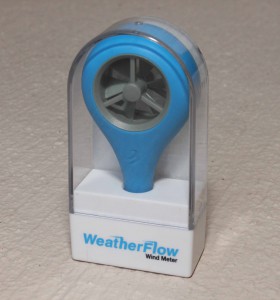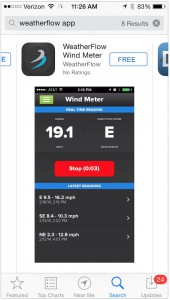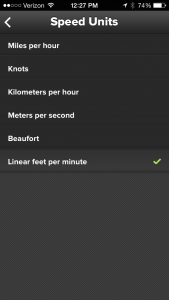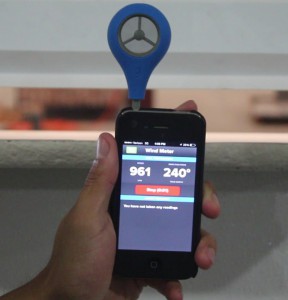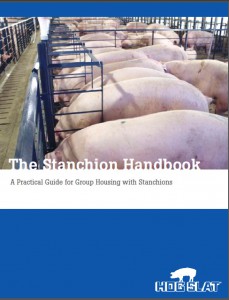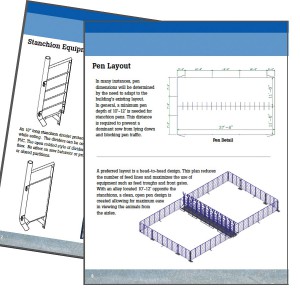One of the steps in adding new items to our product line is on the farm testing. Mike Lucariello, regional manager for Georgia Poultry in Missouri and Arkansas, did the initial trials using starter feeders vs. feed trays in his broiler houses. We talked on the phone recently about his experiences.
How did you set up the trial?
Mike: “We took two houses and randomized the birds evenly between the breeder flock sources to eliminate any possible differences. In one house we fed the chicks on traditional feed trays and in the other we set starter feeders under the feed lines. We then weighted the chicks at 7, 14 and 21 days. The chickens in the starter feeder house were routinely 8-12% heavier than feed tray house. We repeated the trial this time, switching the houses between trays and feeders and had almost identical results…..starter feeders are now part of our routine.
Describe how you set up the house with starter feeders?
Mike: Each of our houses holds 23,500 birds and we aim to have one supplement feeding station per 75-100 birds. We can place 150 starter feeders between the pan feeders under the feedline. We also like to remove the pan under the control pan and replace it with a large 3×3 cardboard tray so the chicks will activate the control pan quicker. We add additional 100 paper trays under the brooders that we feed by hand for 3 days. After that we pick up the paper trays and replace the pan on the end control and all the supplemental feeding is done in starter feeders.
Any ideas why the chickens were heavier in the building using starter feeders?
Mike: Yes, it is easier to keep supplemental feed in front of the chicks. Using feed trays requires the grower to manually operate the feed system. They have to run the feed system several times a day to put feed on the trays. This becomes increasing difficult, as the chicks get older and more aggressive and start scattering feed as it drops in the trays in the front of the house. The grower has to shut off the front drops as they fill the trays so feed will be delivered equally to the end of the brooder area. With the starter feeders you simply position the feeders under the feedline and fill them up. Within a couple of days the control pan is regulating feed delivery automatically and distributing it down the entire length on the house. Supplemental feed is always available to the birds.
Most growers would like to put out supplemental feed for ten days but with feed trays this can be a challenge. Since the system is manual it’s a little bit of a guessing game to know how much feed to run out. The chicks lie in the trays, scatter and defecate in the feed. A real aggressive flock will waste so much feed growers will stop supplement feeding after eight days.
With starter feeders the birds can’t lay in the feed, they aren’t scratching feed into the litter and feed is always available. We can easily keep supplemental feed in front of the chickens for 15-16 days with very minimal wastage.
That early feed intake is critical. The faster we can get their allotment of starter rations into the birds the heavier those chickens will be at settlement.
We understand not everyone is proponent of starter feeders?
Mike: Yes that’s true. Some people will argue feed trays provide more eating space. Consider this, when there are 100 birds lying in a feed tray, access is very limited. We think their access to feed is increased vs. trays because birds are not covering up the feed.
Do you clean the feeders between flocks?
Mike: No, because the birds can’t mess up a starter feeder like they do a plastic feed tray. We save quite a bit of labor not having to clean the feeders like we would if we used plastic trays.
Georgia Poultry is now offering an even better price on starter feeders than ever before. Go to www.hogslat.com/hi-grow-pre-starter-chick-feeder. Run a trial on your own farm. Start birds faster and gain a competitive advantage at settlement.












 Україна
Україна Méjico
Méjico
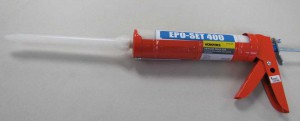
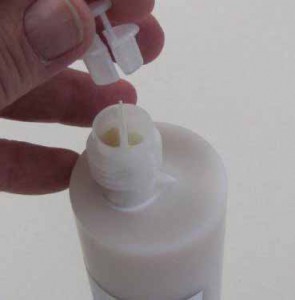

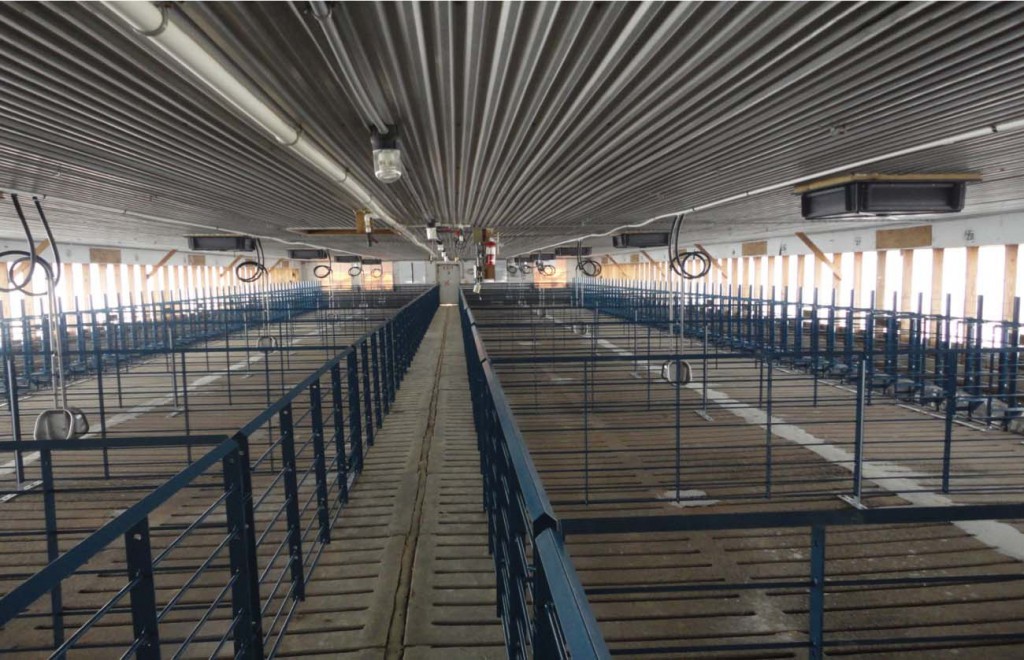
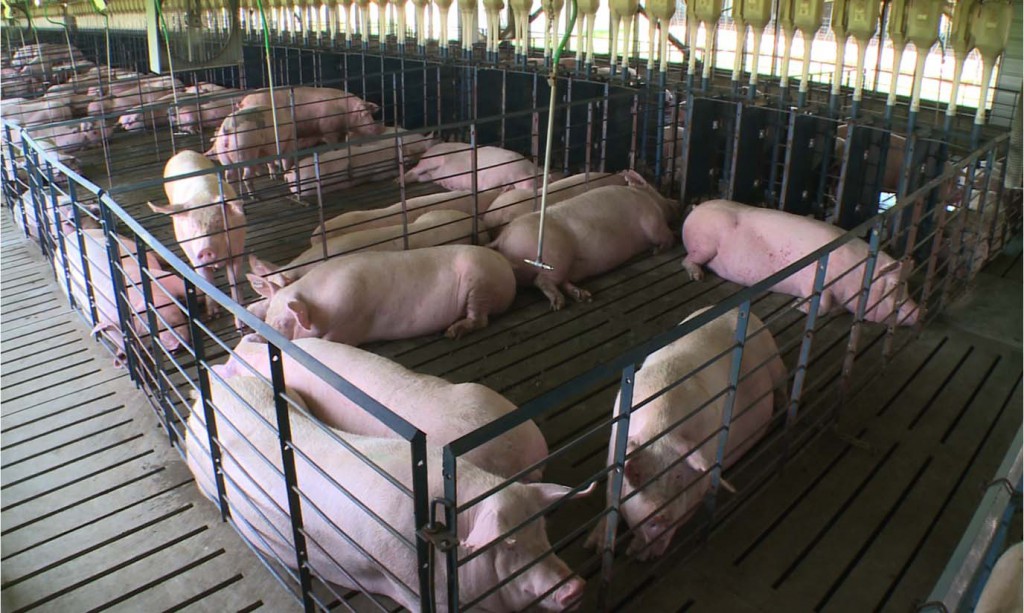

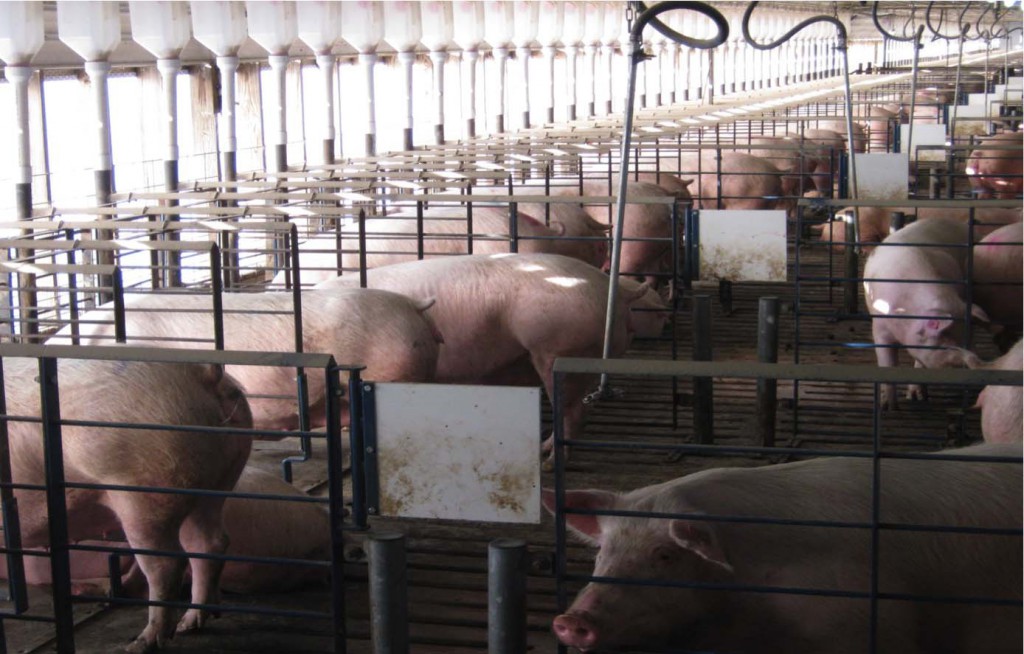
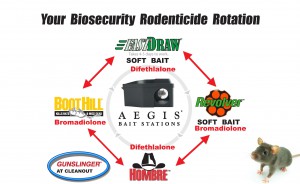
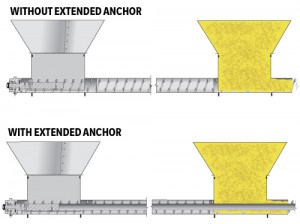

 The cube in the screen represents the printer’s chamber, and the white image is a digital model. The program divides the object into digital cross-sections and the printer builds the object in layers. The printer makes multiple passes spraying very thin layers of plastic until the final shape is complete.
The cube in the screen represents the printer’s chamber, and the white image is a digital model. The program divides the object into digital cross-sections and the printer builds the object in layers. The printer makes multiple passes spraying very thin layers of plastic until the final shape is complete.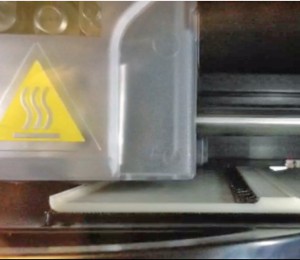 “You can almost compare the printer to a giant glue gun that accurately places liquid plastic down in precise layers,” Andrew said, “The process can take from several hours up to several days depending on the size of the item. The maximum size part we can print is 10” x 10” x 12” tall”
“You can almost compare the printer to a giant glue gun that accurately places liquid plastic down in precise layers,” Andrew said, “The process can take from several hours up to several days depending on the size of the item. The maximum size part we can print is 10” x 10” x 12” tall”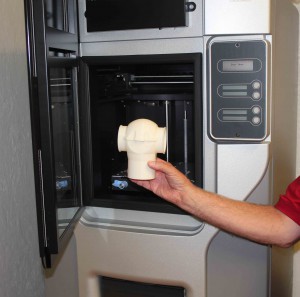 “We were able to take the prototype drop adaptor and test it on both the metal and plastic feed tubes. We made a few small dimensional adjustments and proceeded with complete confidence that the final part would fit as we intended.”
“We were able to take the prototype drop adaptor and test it on both the metal and plastic feed tubes. We made a few small dimensional adjustments and proceeded with complete confidence that the final part would fit as we intended.”
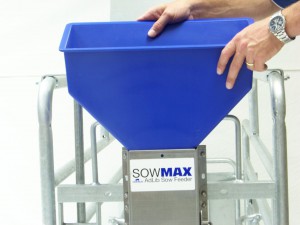
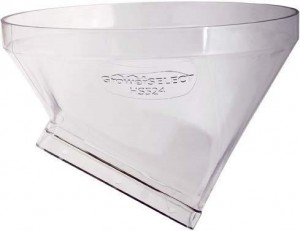 Another example is the
Another example is the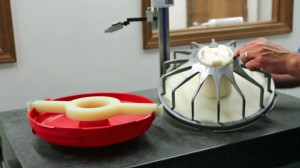 Before receiving those released products into warehousing, our Quality Control department conducts a series of QC checks. Keith Riley, QC department head, creates an Incoming Inspection Document for each item. This establishes a benchmark of quality checks used to test production parts. This is not only done the first time we receive the product, but every time that product arrives from the manufacturer.
Before receiving those released products into warehousing, our Quality Control department conducts a series of QC checks. Keith Riley, QC department head, creates an Incoming Inspection Document for each item. This establishes a benchmark of quality checks used to test production parts. This is not only done the first time we receive the product, but every time that product arrives from the manufacturer.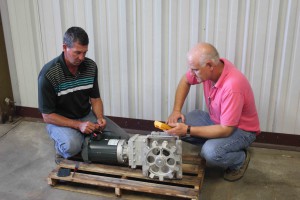
 Hog Slat has a very unique position in the industry. We are responsible directly to the end user. It is our own people installing and servicing the products we sell. We cannot pass off problems to someone in the supply chain; we are the entire supply chain to the end user.
Hog Slat has a very unique position in the industry. We are responsible directly to the end user. It is our own people installing and servicing the products we sell. We cannot pass off problems to someone in the supply chain; we are the entire supply chain to the end user.